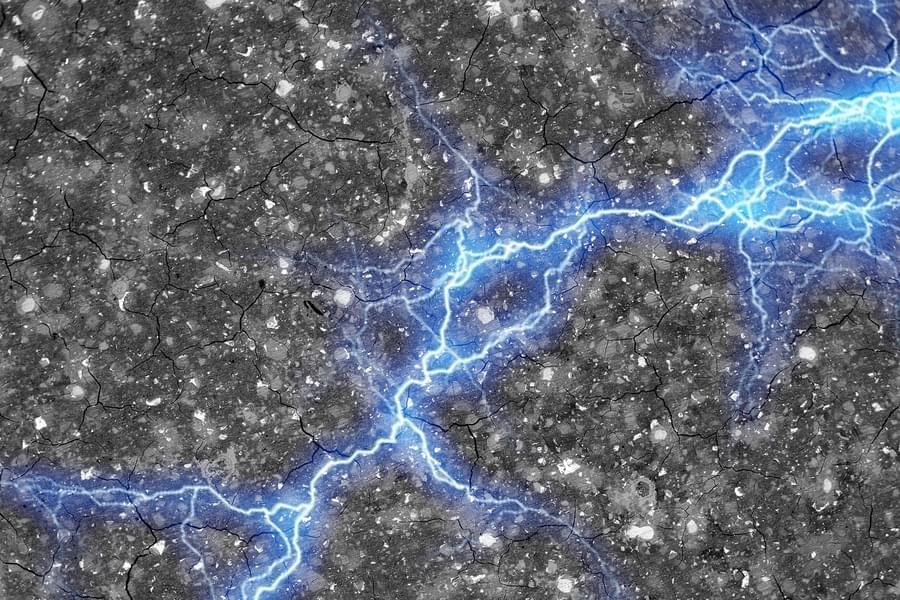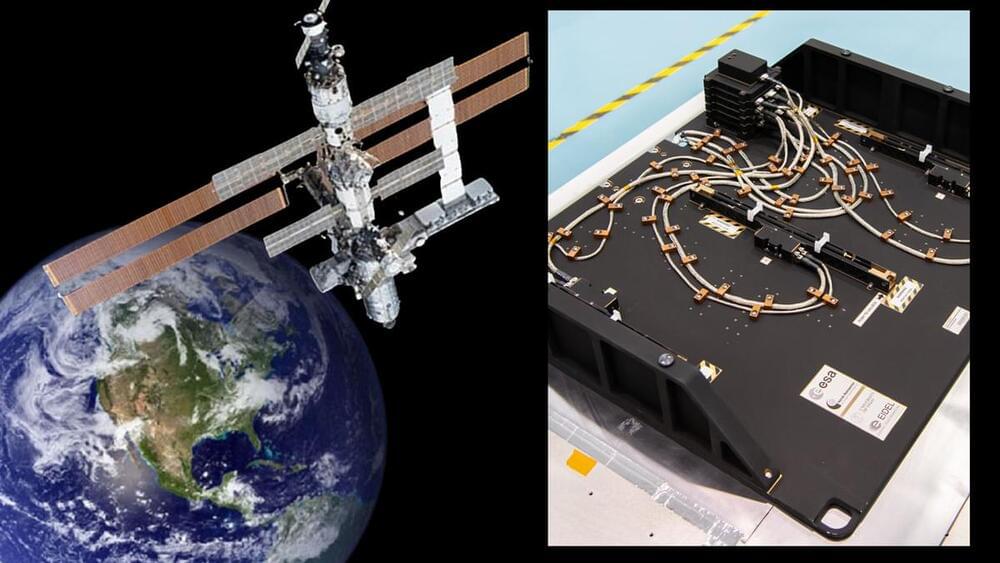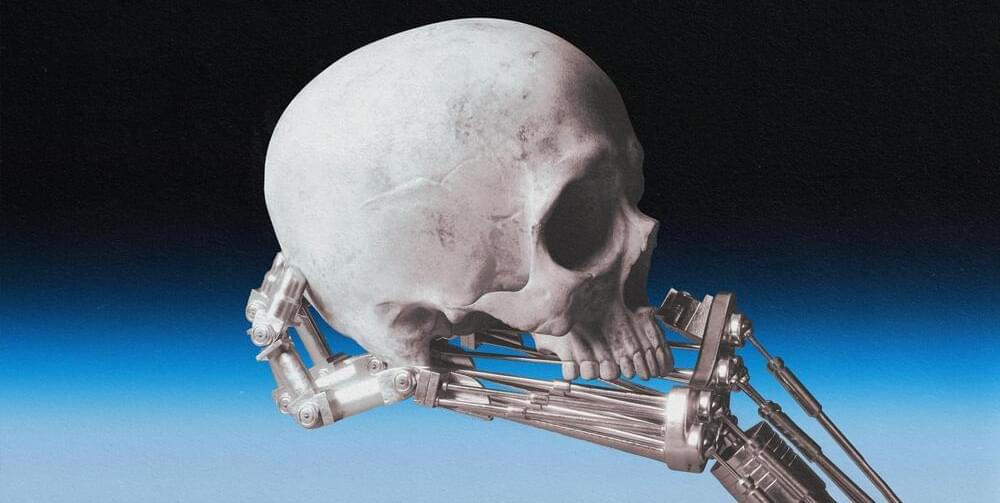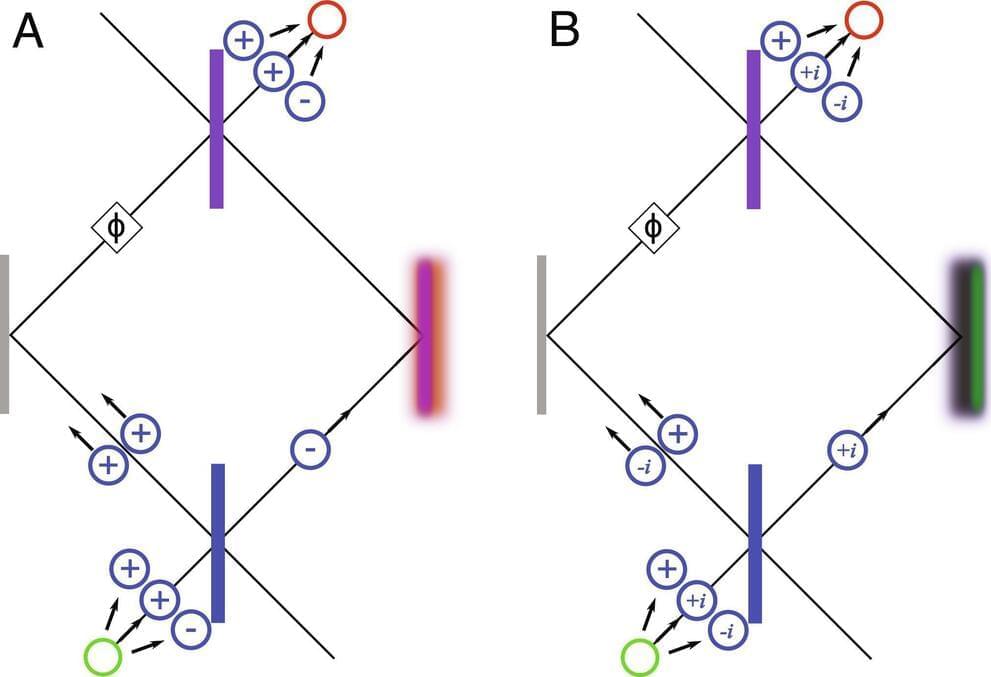Serving the chemical, life science, and laboratory worlds.



MIT researchers have discovered that when you mix cement and carbon black with water, the resulting concrete self-assembles into an energy-storing supercapacitor that can put out enough juice to power a home or fast-charge electric cars.
We’ve written before about the idea of using concrete for energy storage – back in 2021, a team from the Chalmers University of Technology showed how useful amounts of electrical energy could be stored in concrete poured around carbon fiber mesh electrodes, with mixed-in carbon fibers to add conductivity.
MIT’s discovery appears to take things to the next level, since it does away with the need to lay mesh electrodes into the concrete, and instead allows the carbon black to form its own connected electrode structures as part of the curing process.

With the summer holiday season now in full swing, the blog will also swing into its annual August series. For most of the month, I will share with you just a small sampling of the colorful videos and snapshots of life captured in a select few of the hundreds of NIH-supported research labs around the country.
To get us started, let’s turn to the study of viruses. Researchers now can generate vast amounts of data relatively quickly on a virus of interest. But data are often displayed as numbers or two-dimensional digital images on a computer screen. For most virologists, it’s extremely helpful to see a virus and its data streaming in three dimensions. To do so, they turn to a technological tool that we all know so well: animation.
This research animation features the chikungunya virus, a sometimes debilitating, mosquito-borne pathogen transmitted mainly in developing countries in Africa, Asia and the Americas. The animation illustrates large amounts of research data to show how the chikungunya virus infects our cells and uses its specialized machinery to release its genetic material into the cell and seed future infections. Let’s take a look.

CHICAGO — A cell-free DNA blood-based test displayed 83% sensitivity for colorectal cancer detection and 90% specificity in an average-risk population, similar to the performance of current noninvasive screening options.
“Colorectal cancer screening is recommended for everyone in the United States,” Daniel Chung, MD, director of the High-Risk GI Cancer Clinic at Massachusetts General Hospital and professor at Harvard Medical School, told attendees at Digestive Disease Week. “But, despite the widespread availability of many screening options, there remain persistent and significant barriers, and unfortunately, screening rates remain suboptimal. In fact, only 59% of eligible individuals aged 45 and over are adherent, which is well below the acceptance target rate of 80%.”
He added: “A blood-based screening test that can be completed as part of a routine health care visit presents a unique and attractive opportunity to increase adherence to colon cancer screening.”

Let’s look at some examples of this software-defined momentum at the edge. In manufacturing, AI enables weld quality detection in real time on factory floors, improving production yields. In agriculture, farmers can use AI-driven systems to move from focusing on entire crops to looking at individual plants in a field to determine where to fertilize, irrigate or weed. Healthcare is transforming at every level—from the granularity of tracking nerve structures for anesthesia during surgery to the scale and scope of securing patient privacy and data across healthcare networks. An intelligent, software-defined edge aids in delivering resilience for evolving business needs.
AI tools and platforms are now widely available, allowing businesses to harness their power to build solutions faster and gain a competitive edge. This accessibility is crucial for scaling their usefulness, as it shifts solutions from being built solely by data scientists and software engineers to being used by domain experts with less coding experience. With simplified AI model toolkits and an open development platform, these users can stitch together their own solutions and deploy them anywhere.
Let’s take the example of a quick service restaurant (QSR). QSRs could improve their operations by monitoring orders and ingredient levels, then dynamically resupplying their inventories. Lowering barriers to AI means businesses like a QSR can tap into automation and intelligent software solutions on any device, such as a point-of-service system, laptop or mobile device. Customers are happier, food waste is reduced and process efficiencies help QSRs maintain operations even in our current labor shortage.

Here’s a bit of science history that genuinely surprised many of us here at Ars Technica. We all know the famous story of how Jocelyn Bell-Burnell discovered pulsars in 1967 as a graduate student at the University of Cambridge—and the longstanding debate about whether she should have shared the Nobel Prize awarded to her supervisor, Antony Hewish. But apparently, an Air Force staff sergeant manning an early warning radar station in Alaska arguably beat Bell-Burnell to the punch. He just couldn’t come forward until 2007, after the instrument had been decommissioned. Nature reported the story at the time, but we most definitely missed it—and we probably weren’t the only ones.
Pulsars are rapidly spinning neutron stars that create pulsed emissions as their magnetic fields sweep across the line of sight with Earth. As previously reported, whenever a massive star runs out of fuel, it explodes into a supernova. If it’s above a certain threshold in mass, it becomes a black hole. Below that threshold, it becomes an ultra-dense neutron star. Pulsars are unusual in that they spin rapidly and have very powerful magnetic fields, so they emit very high-energy beams of light. The star’s rotation makes it seem like those beams are flashing on and off like a cosmic lighthouse.
Bell-Burnell was monitoring the new radio telescope at the Mullard Radio Astronomy Observatory, sifting through reams and reams of paper records to hunt for any unusual anomalies in the peaks of data representing incoming galactic radio waves. Three weeks in, on August 6, she spotted a faint signal coming from a particular area of the sky that disappeared, then reappeared, in 1.34-second intervals. The team quickly ruled out any known natural sources or other kinds of interference. She and Hewish even joked that it might be a signal from an alien civilization, dubbing the object “LGM-1” for “Little Green Men.”

A new space weather sensor is heading to the International Space Station to help scientists understand how the sun’s outbursts alter Earth’s upper atmosphere.
The sensor’s data will help space weather forecasters predict how sudden eruptions of radiation and plasma from the star at the center of our solar system disrupt satellite communication links and affect signals from navigational satellites such as Europe’s Galileo.


Physical interpretations of the time-symmetric formulation of quantum mechanics, due to Aharonov, Bergmann, and Lebowitz are discussed in terms of weak values. The most direct, yet somewhat naive, interpretation uses the time-symmetric formulation to assign eigenvalues to unmeasured observables of a system, which results in logical paradoxes, and no clear physical picture. A top–down ontological model is introduced that treats the weak values of observables as physically real during the time between pre-and post-selection (PPS), which avoids these paradoxes. The generally delocalized rank-1 projectors of a quantum system describe its fundamental ontological elements, and the highest-rank projectors corresponding to individual localized objects describe an emergent particle model, with unusual particles, whose masses and energies may be negative or imaginary. This retrocausal top–down model leads to an intuitive particle-based ontological picture, wherein weak measurements directly probe the properties of these exotic particles, which exist whether or not they are actually measured.